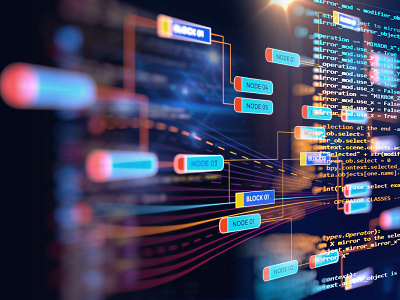Data Science And Its Benefit For The Health Industry
The combination of science, technology, and medicine in the ever-changing digital age has unveiled new data systems to improve statistics, improve health care and drug delivery, and improve health information about clinical decisions.
Data science in health care has seen the latest and fastest advances in 3 ways:
Using large data with a combination of large and complex data sets includes electronic medical records, communication platform, genomic information, and digital body data from wireless health devices. With new open access efforts that seek to utilize the availability of clinical trials, research, and citizen science resources for data sharing.
In analytical techniques, especially big data, which includes machine learning and practical intelligence that can improve formal and informal data analysis.
Data Science Training in Delhi methods learn from historical data and make accurate predictions of results. They analyze patient data, make sense of clinical notes, find interactions, symptom correlations, general adjectives, habits, diseases, and make predictions. The effects of certain biological factors such as genetics or clinical variability are considered to predict the occurrence of specific diseases. Common causes include predicting the progression of the disease or preventing risk reduction and side effects. The main benefit is to improve the quality of life of patients and the quality of medical conditions.
The healthcare sector is reaping huge benefits from the use of data science applied to medical thinking. There are many things to research in this area, and one of the leading studies is Data Science Online Training Analytics, published in BioMed Research International. According to this study, popular thinking techniques include magnetic resonance imaging (MRI), X-ray, computed tomography, mammography, and so on. Many methods are used to deal with the variation, adjustment, and size of these images.
Many more improvements have been made to improve image quality, extract data from photos more efficiently, and provide more accurate translation. In-depth learning algorithms increase diagnostic accuracy by learning from previous examples and proposing better treatment solutions.
IBM estimates that medical images contain about 90% of the total medical data. Doctors use imaging therapy to gain a clearer understanding of body parts.
Also, check the function of other organs to diagnose and treat any disorder or disorder. The information contained in these pictures can make a difference in a patient's treatment.
The most popular methods of imaging focus on developing, dissecting and eliminating denoising that allows for in-depth analysis of anatomy, as well as the diagnosis of various diseases.
The most promising applications are abscesses, artery stenosis, delineate, etc. Different approaches and frameworks influence medical thinking in different areas. Hadoop, a popular analytical framework, uses MapReduce to determine the appropriate parameters of activities such as lung tissue planning. It works with machine learning methods, vector support tools (SVM), content-based image guidance, and wavelet analysis with strong texture separation.









